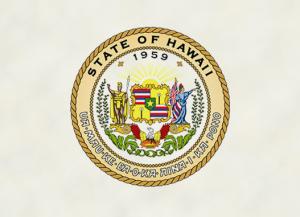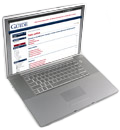Rate Case Roundup: Hawaii

In an electric rate proceeding, the Hawaii Public Utilities Commission issued an interim decision in which it authorized the utility, Hawaii Electric Light Company (HELCO), to increase its rates by approximately $9.94 million, or 3.42%. The commission adopted a rate of return on common equity (ROE) of 9.5% as reasonable for the company.
The utility had originally requested a permanent increase of almost $19.3 million, or 6.5%, predicated on a ROE of 10.6%. However, for purposes of interim rate relief, HELCO had suggested an increase of $11.14 million and a 9.75% ROE. But the commission found that the company had failed to demonstrate "probable entitlement" to either value, such that lower figures were ordered instead.
Under standard rate-making protocol in Hawaii, the commission regularly reviews the rates of electric utilities coming under its jurisdiction and expects utilities to submit a base rate case every three years. Under that schedule, HELCO should have filed a formal application by the end of 2015. Instead, though, it asked for permission to defer its filing to the end of 2016, and the commission agreed that the utility could deviate from its normal filing timeline.
In explaining its desire for a waiver from its otherwise applicable filing date, HELCO noted that its operations, which are limited to the Big Island, had taken a significant hit from Tropical Storm Iselle, which struck Hawaii in early August of 2014. It was the strongest cyclone to ever make landfall on the Big Island. According to the utility, the weather event caused widespread and prolonged power outages, with service not being fully restored to all customers until some five weeks later.
The utility reported that much of its plant and facilities sustained significant damage, mostly from downed trees, particularly albizia trees. HELCO described those trees as an invasive species that grows rapidly. The company stated that as a consequence of that fast growth, albizias are characterized by weak and brittle wood. Recognizing the ongoing danger posed by such trees, HELCO said it needed additional time to assess the situation and prepare a new vegetation management strategy going forward, the costs of which it wanted to be able to incorporate into its next base rate plan.
The utility averred that it has spent about $14 million on vegetation clearing and control programs since the storm, making such measures a key driver of its rate request. In addition, though, the company said that it has invested in a number of grid modernization and system hardening projects. HELCO observed that it likewise has been working diligently to assure its ability to integrate growing numbers of customers with self-premised solar or other distributed generation installations.
While not discounting the need for enhanced vegetation management and grid improvement plans, the commission told the utility that it simply had not justified the entirety of its proposed revenue requirement. The commission thus reduced the amount of interim rate relief awarded, but it emphasized that it should not be taken as an indication of what the commission's final decision on HELCO's rates will be. Re Hawaii Electric Light Co., Inc., Docket No. 2015- 0170, Interim Decision & Order No. 34766, Aug. 21, 2017 (Hawaii P.U.C.).



